Published Apr 21, 2023
Klingon on the Bridge
Star Trek has demonstrated those who began as antagonists can be welcomed into the Federation and Starfleet as allies later.
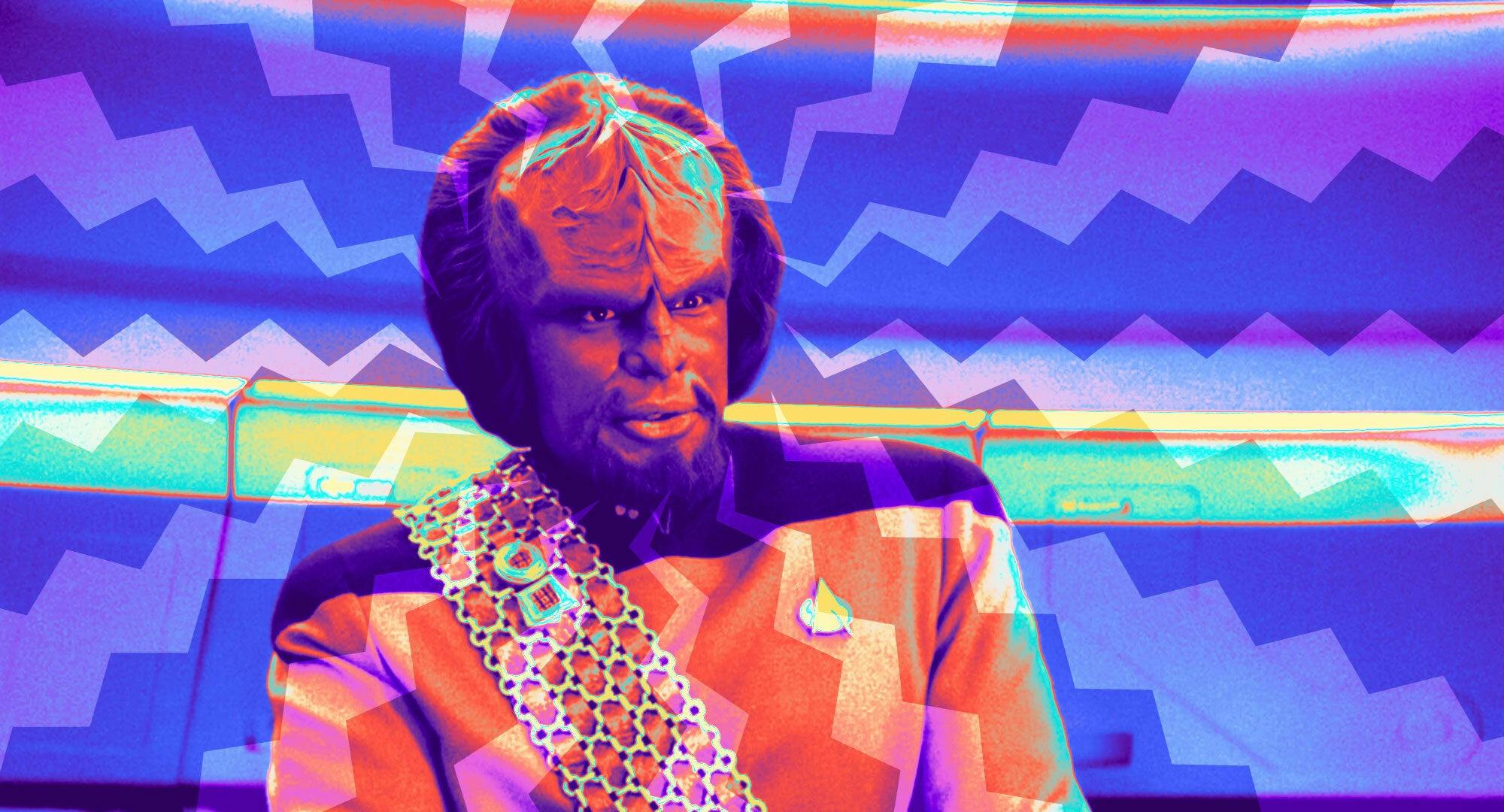
StarTrek.com / Rob DeHart
In Star Trek: The Original Series, Captain James T. Kirk and the crew of the U.S.S. Enterprise face several recurring antagonists, including the Klingon Empire. First introduced in the first season episode, “Errand of Mercy,” Klingons often serve as the antagonists of Starfleet and the Federation of Planets in the subsequent original crew movies.
But thanks to the vantage point offered by the larger Star Trek story, we can see how these enemies will eventually become friends. One hundred years after TOS, in Star Trek: The Next Generation, the Klingon Empire is no longer the enemy of the Federation — they are allies. To drive this point home, there’s even a Klingon on the Bridge of the flagship U.S.S. Enterprise-D. Beginning with the very first episode, “Encounter at Farpoint,” Worf is present on Bridge duty.
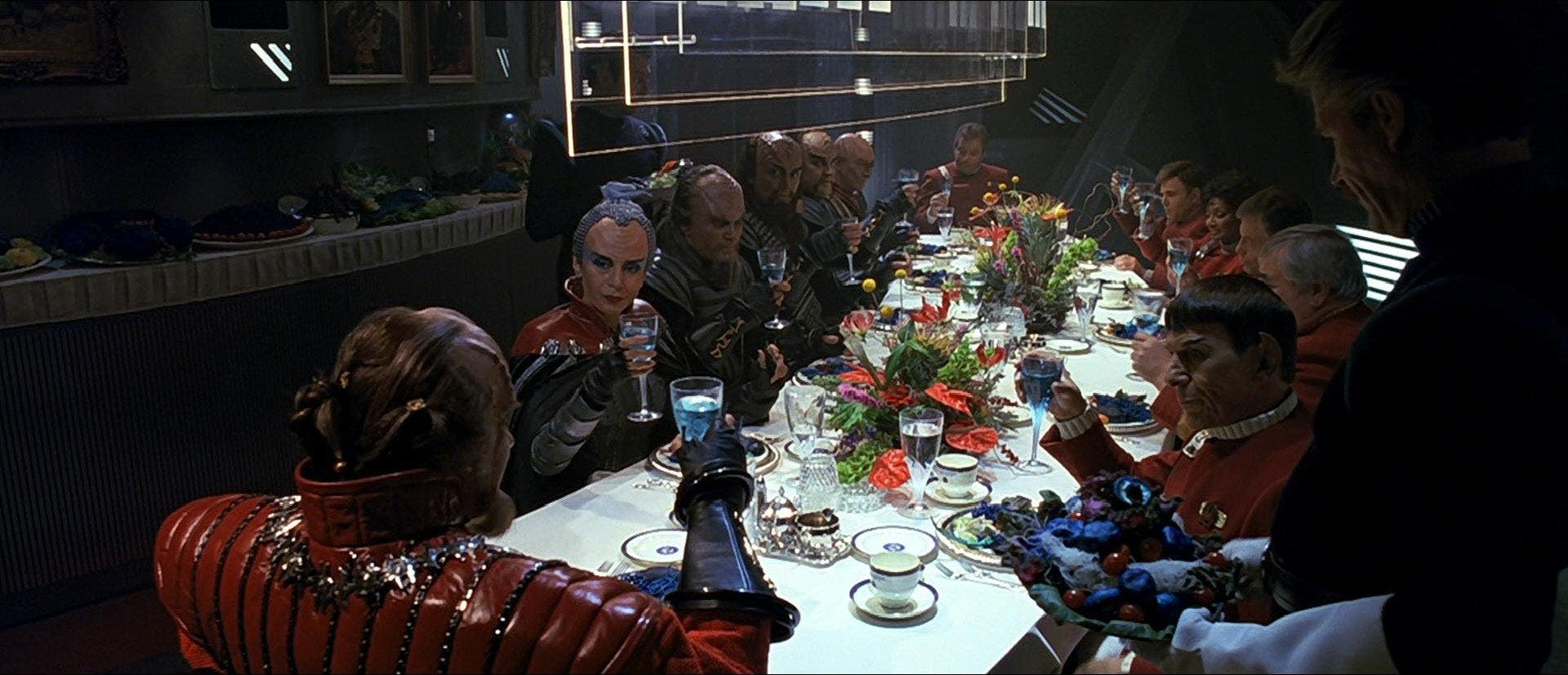
StarTrek.com
How would Kirk and his crew react to knowing a Klingon is part of the flagship Bridge crew? Given the misgivings Kirk has about inviting Klingons over for dinner in Star Trek VI: The Undiscovered Country, one has to imagine, not that well! But Worf being appointed a member of the Enterprise-D’s Bridge crew demonstrates one of the most important recurring themes of Star Trek — while we may believe a certain demographic is our sworn enemy at one point of history, these antagonistic relationships will eventually degrade.
Klingon on the Bridge
In Star Trek: Creator: The Authorized Biography of Gene Roddenberry by David Alexander, a letter written by Gene Roddenberry to his friend, a Paramount executive, expressed his concern that, over the course of the first three Star Trek movies, “many people” began to develop an erroneous perception of the Klingons as the “bad guys.” Roddenberry wrote that he had received letters from “the most respected of fans and SF writers, their concern being Star Trek seemed to be deteriorating into a two-dimensional ‘good guys vs bad guys’ space opera.”
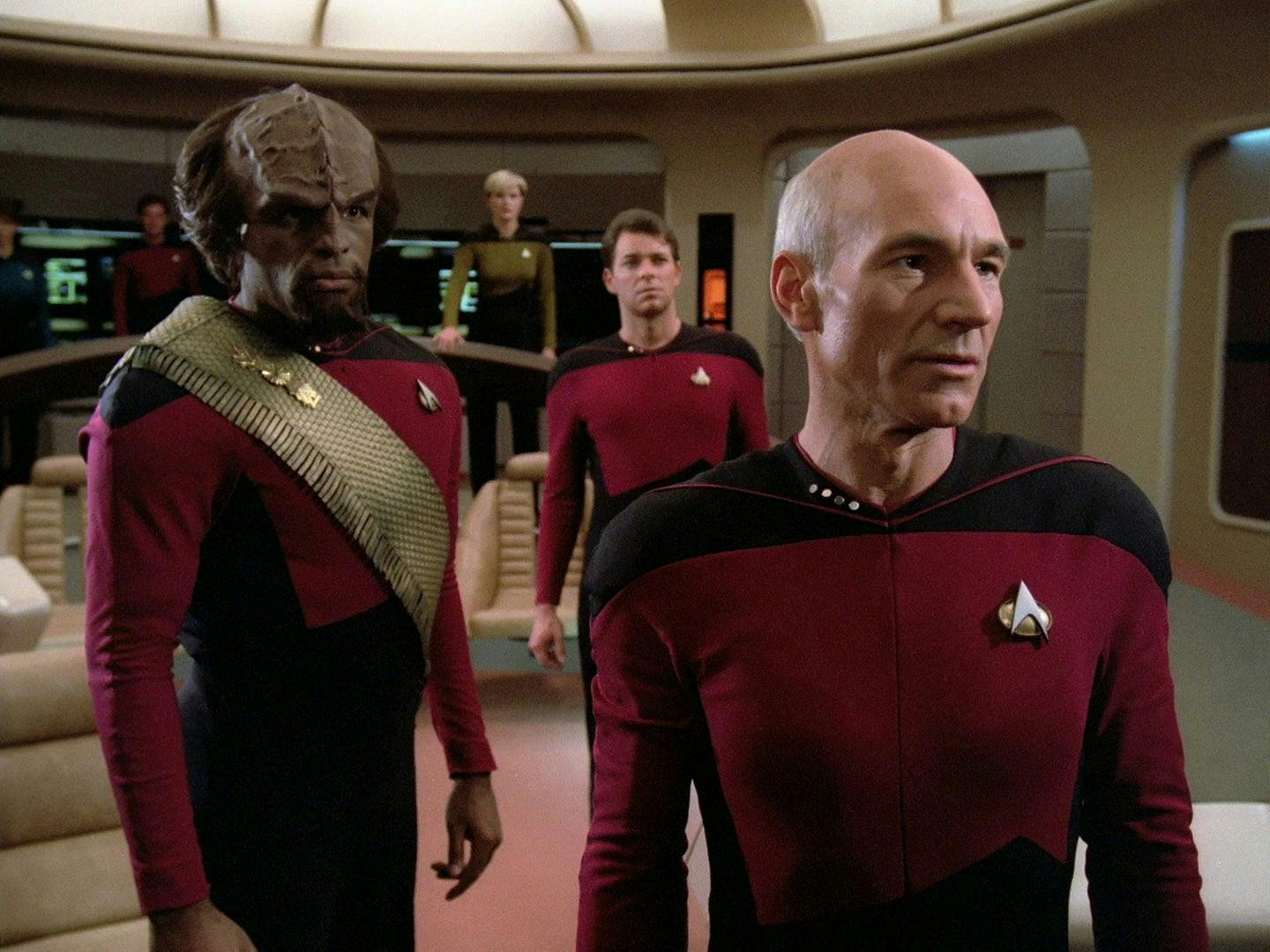
StarTrek.com
To remedy this, and dispel any further “outdated preoccupation with the Klingons,” an effective method of eradicating an enemy was deployed — making them a friend. When The Next Generation arrived, the premiere episode featured a Bridge crew that includes Worf, the first Klingon to serve in Starfleet.
When considered in the context of how difficult it was for Kirk and his crew to even accept the presence of Klingons on the Enterprise in The Undiscovered Country, the significance of the fact that Worf is a member of the “inner circle” comprised by the Bridge crew of the Enterprise-D becomes clear.
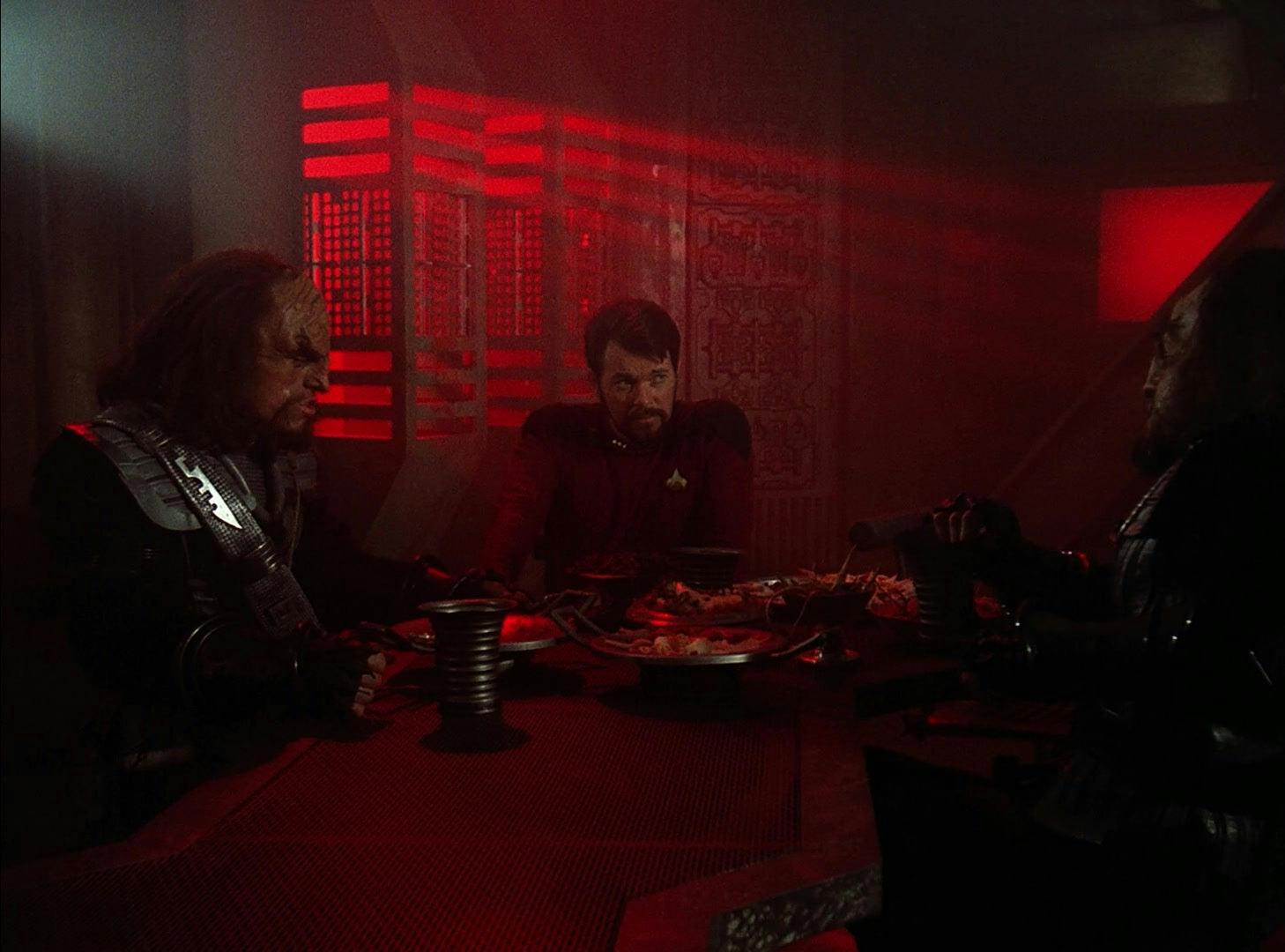
StarTrek.com
The Klingon Empire no long plays the role of “antagonistic aliens” when they face Picard and his crew over the course of TNG. In fact, the first officer of the Enterprise-D, William Riker even participates in an officer exchange program to foster better understanding between the Klingons and the Federation in the episode “A Matter of Honor.”
However, there are other extraterrestrials that play an antagonistic role over the course of TNG, including the Ferengi and the Borg, both introduced in the series, as well as the Romulans, who played an antagonistic role alongside the Klingons during The Original Series. But just as we saw a Klingon on the Bridge in TNG, subsequent Star Trek shows have demonstrated that the enemies of the TNG-era will eventually be welcomed into the fold.
In fact, for the Ferengi, this shift in perspective began before TNG had even concluded. When Star Trek: Deep Space Nine debuted during TNG’s fifth season, a Ferengi wasn’t exactly a member of the Bridge crew, but he was a member of the main cast. As Quark, Armin Shimerman played a more nuanced Ferengi than he portrayed in the TNG episode “The Last Outpost.”
As an integral element of daily life on DS9, Quark was an important part of the lives of the Starfleet officers who resided there. As DS9 progresses, we saw stories set on his homeworld of Ferenginar, learning more about its culture, government, and history.
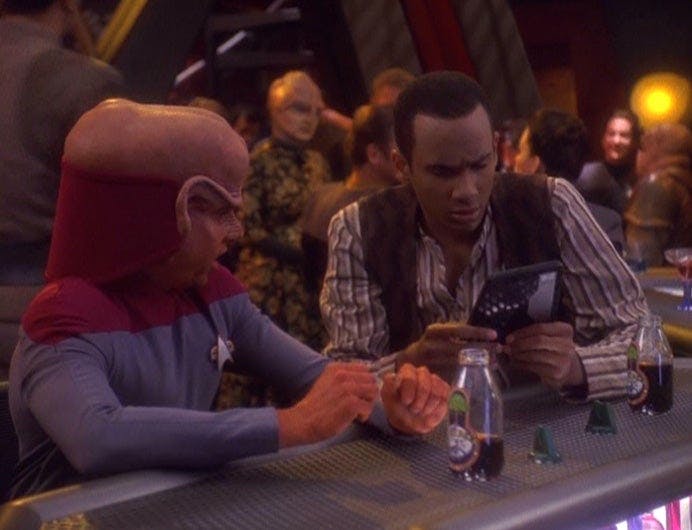
StarTrek.com
Furthermore, Quark’s nephew Nog became the first Ferengi in Starfleet. We see how important this development is on Star Trek: Discovery episode “Coming Home,” when the crew of the Discovery sees the U.S.S. Nog, an Eisenberg-class starship, upon their arrival at Federation Headquarters in the 32nd Century.
The Borg repeat this pattern of enemy-to-ally. After being first introduced in the episode “Q Who?,” the Borg not only play a recurring antagonistic role on the series, they serve as the primary enemy in the movie Star Trek: First Contact.
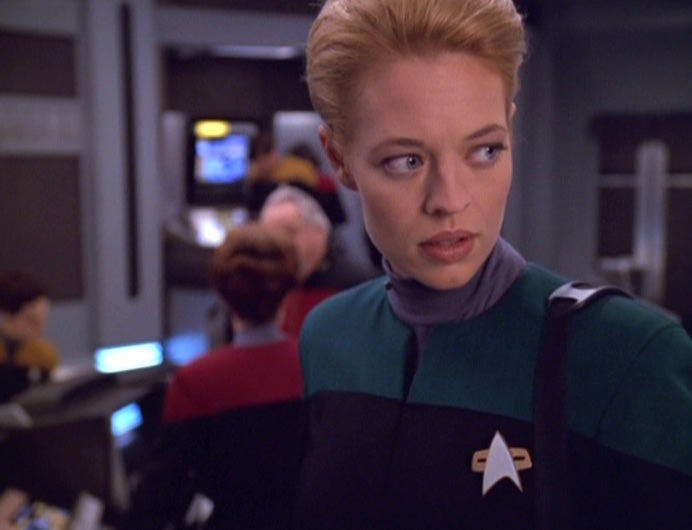
StarTrek.com
In the third season finale of Star Trek: Voyager, however, Captain Janeway begins to integrate an ex-Borg into her ship’s crew — Seven of Nine. This decision faces plenty of opposition from members of the crew, including First Officer Chakotay. At one point, he suggests that Borg are intrinsically “evil,” citing the parable of the scorpion and the frog to illustrate his point.
With our removed vantage point, we can see how deeply erroneous this harsh judgment of Seven proves to be. On Voyager, we see Seven eventually integrated into the crew. Her unique knowledge, gained from her time as a member of the Collective, has a material affect on the progress of their mission, shaving years off their return voyage. One example is the astrometrics lab she constructs with Harry Kim utilizing her ex-B knowledge. Furthermore, we see how her experience helps other former members of the Borg begin to rehabilitate, demonstrated through her relationship with Icheb.
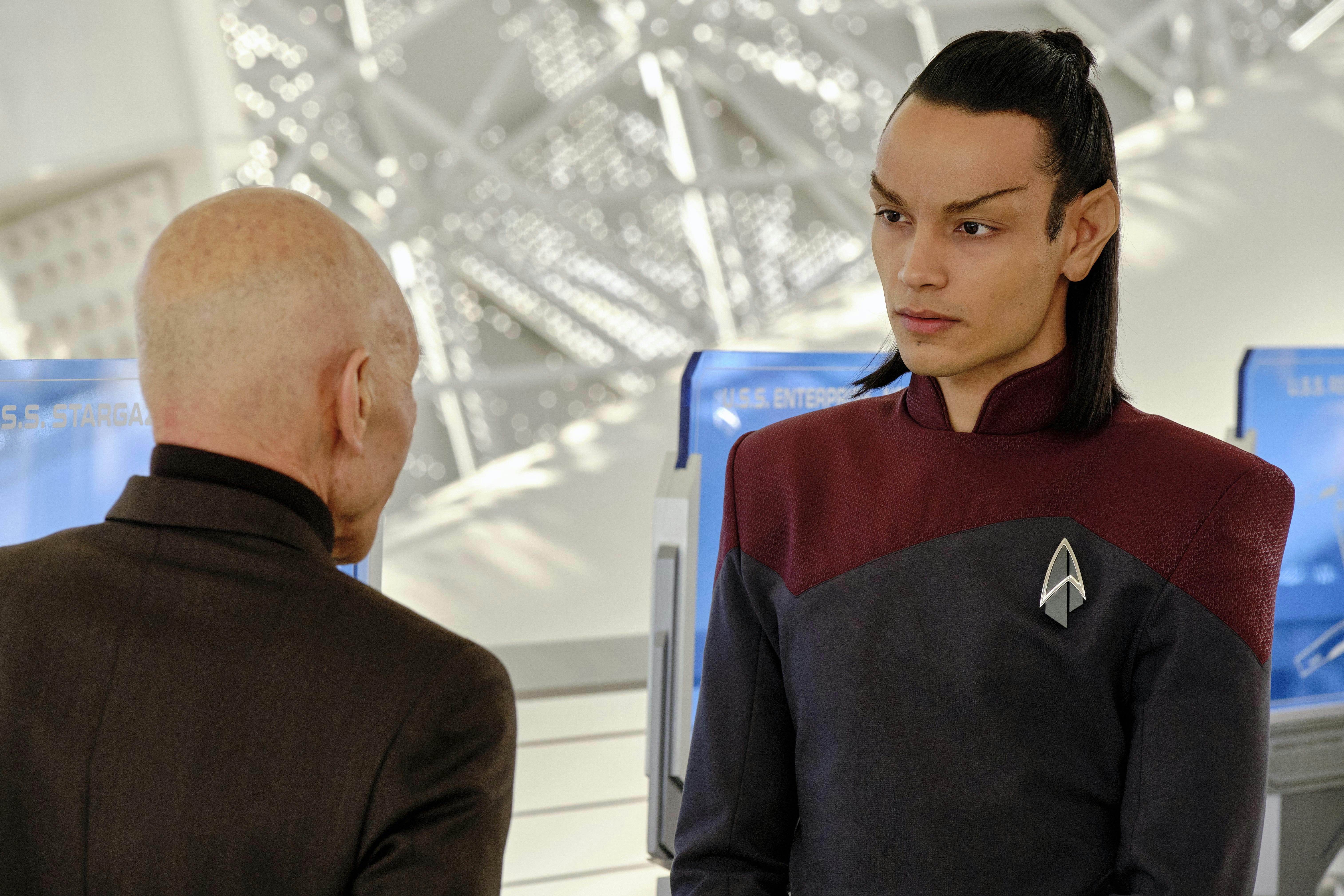
StarTrek.com
The Borg progression from antagonist to ally continues in Star Trek: Picard. Seven returns, becoming a member of the unconventional “Bridge crew” Picard assembles during the first two seasons of the series. In fact, that Bridge crew that also includes the Romulan& Elnor, who even visits The Black Mountain during the show’s second season.
Backwards to Go Forwards
In Star Trek: Enterprise, we how this formula is reverse-engineered to continue to underscore this theme. While previous shows jumped into The Original Series’ future, Enterprise returned to the origins of Starfleet. This meant the friendly being on the Bridge in TOS, the half-Vulcan Spock, might embody someone who was not so quickly considered trustworthy 100 years in the past.
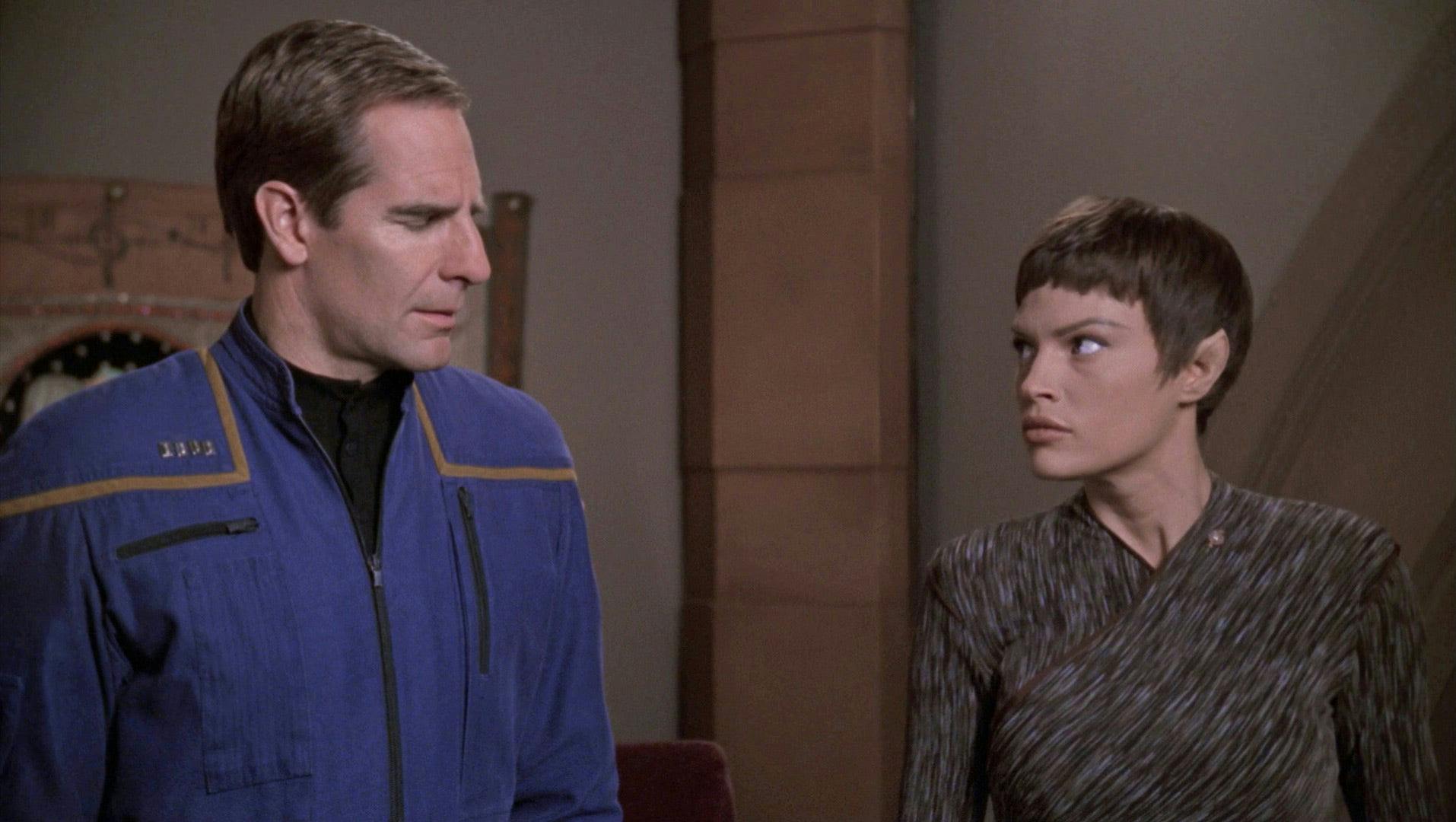
StarTrek.com
On Enterprise, the Bridge crew includes T’Pol, a representative for the Vulcans. While T’Pol eventually becomes closely enmeshed with the rest of the crew and eventually joins Starfleet herself, the earliest steps into space are accompanied by a general distrust of not just T’Pol, but the role the Vulcans have generally played in humanity’s nascent interstellar exploration.
By returning to a period in which humanity is distrustful of Vulcans, Enterprise reveals that the trusting relationship between the two species is not, as it might seem, a given.
Star Trek: Strange New Worlds - The Gorn Reborn
In Star Trek: Strange New Worlds, another prequel to TOS, another species that will eventually become allied with the Federation plays a significant role — the Gorn.
In the story so far on SNW, La’An Noonien-Singh is unforgiving of the Gorn. During the first season, the vengeful wrath of La’An can be frequently glimpsed; the Enterprise’s security officer has not hesitated to take revenge for her experiences with the Gorn as a child. In the episode “Memento Mori,” she states that in spite of Federation teaching to the contrary, Gorn are monsters.
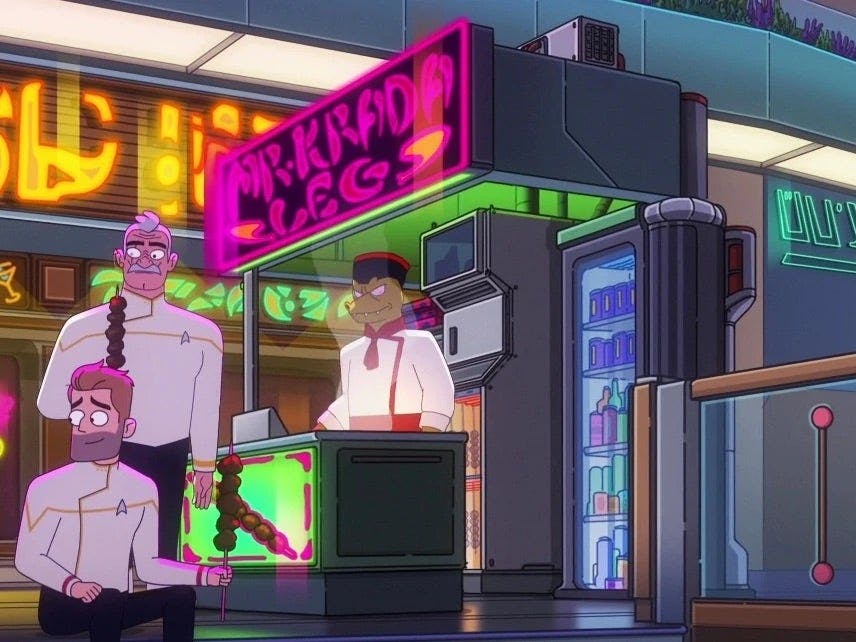
StarTrek.com
But in the TOS episode “Arena,” we saw Kirk show mercy towards a Gorn captain, impressing the entity that has pitted the human captain against the reptilian one. Furthermore, thanks to dialogue in DS9, we know humans will eventually participate in baseball leagues on Cestus III, suggesting peace with the Gorn Hegemony (considering the planet is located in their territory). And in Star Trek: Lower Decks, we saw one manning the “Mr. Krada Leg” stand, suggesting full integration into Federation culture.
Balance of Canon
Gorn culinary skills aren’t the only facet of Star Trek canon that gets Second Contact thanks to Lower Decks. Although Star Trek: The Animated Series has sometimes been considered less-than-canonical by certain factions, by incorporating species that were first introduced in TAS, Lower Decks reintroduces these “enemies of canon” into the Star Trek landscape.
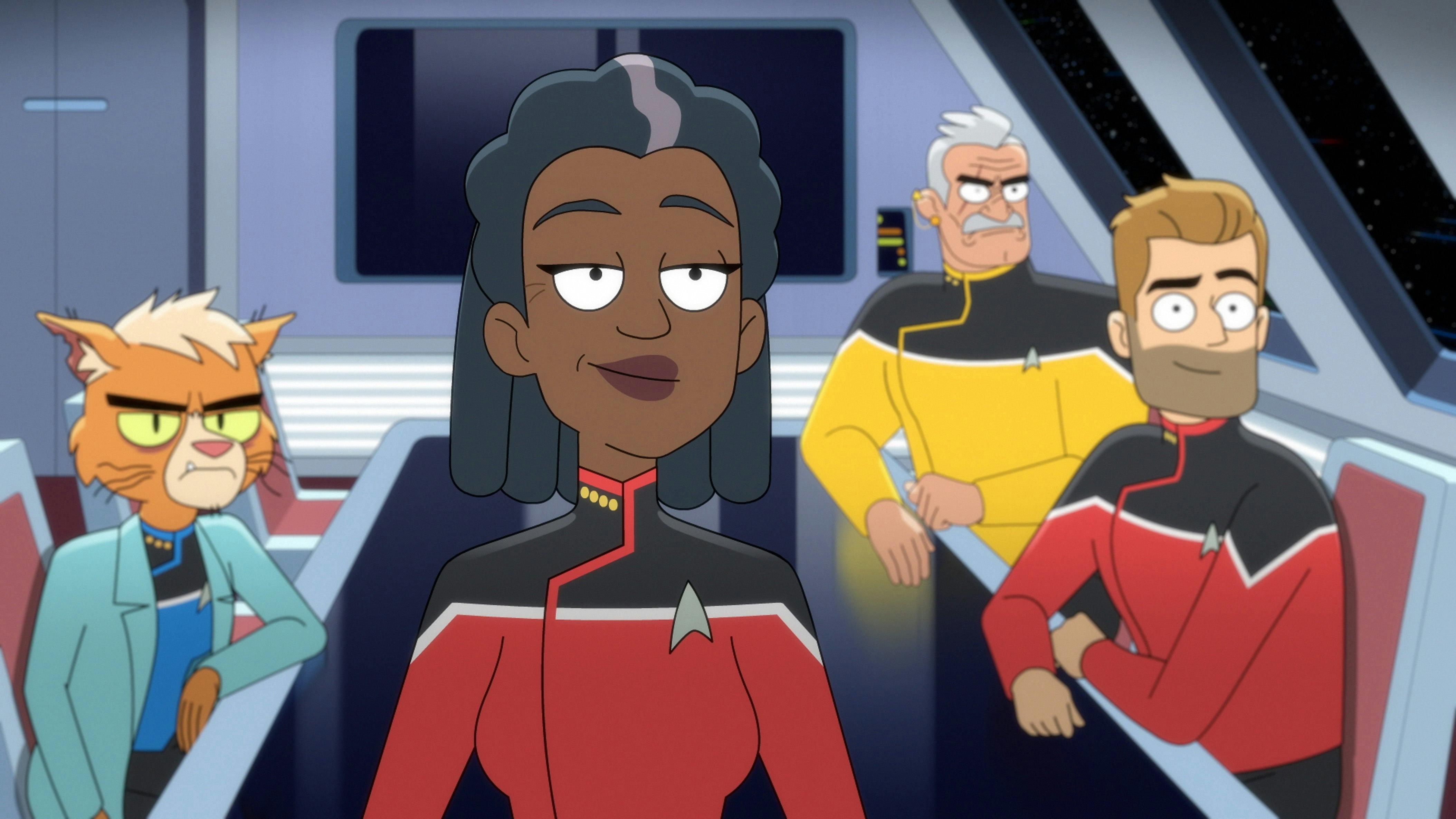
StarTrek.com
On the Bridge crew of the Cerritos, there’s Doctor T’Ana, a Caitian who serves as the ship’s Chief Medical Officer. While the Enterprise’s Bridge crew on TAS included M’Ress, Caitians had been scarcely glimpsed since.
By including T’Ana in Captain Freeman’s Bridge crew, Lower Decks spotlights Caitians in a way that makes their inclusion in Star Trek canon hard to deny. And in “We’ll Always Have Tom Paris,” Tendi and Mariner’s girls' trip affords a deeper glimpse into Caitian culture, using TAS canon as a foundation for further expansion.
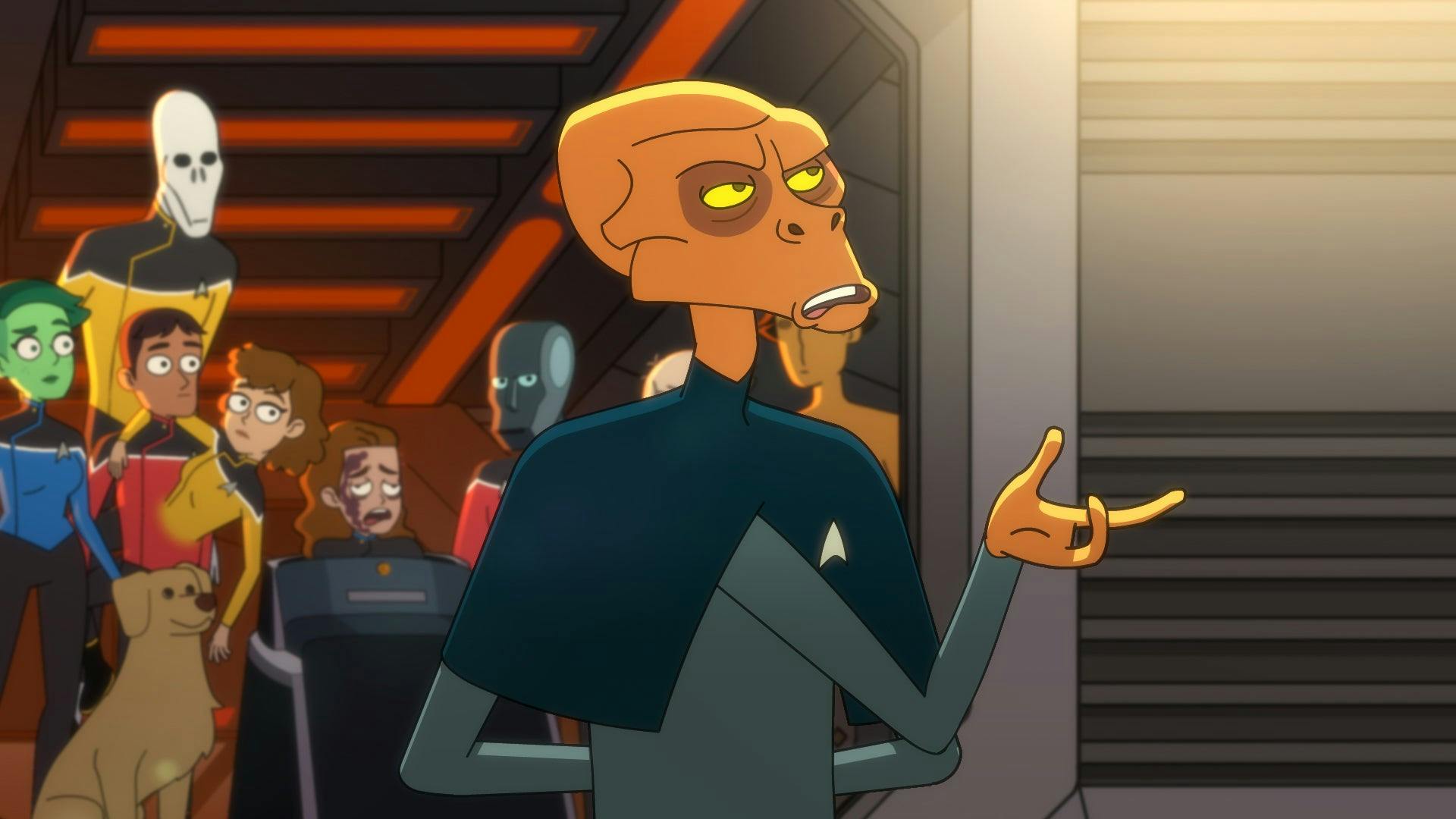
StarTrek.com
T’Ana isn’t the only example of Lower Decks' canonical rehabilitation. The captain of the Osler in “Much Ado About Boimler” was an Edosian, a six-legged species unseen since Arex appeared on the Enterprise bridge in TAS. And in “I, Excretus,” we meet drill instructor Shari yn Yem, a colony creature called a Pandronian, first introduced in the TAS episode “Bem.”
Pandronians, Edosians, and Caitains each have unique physiological characteristics that could prove challenging to depict with verisimilitude in live-action. This helps explain why they have seldom been seen in the decades since TAS went off-air. But the animated Lower Decks gives these characters a chance to return (and Star Trek: Prodigy is already continuing the tradition with the inclusion of another Caitian character in the first half of its first season).
Unapologetic on the Bridge
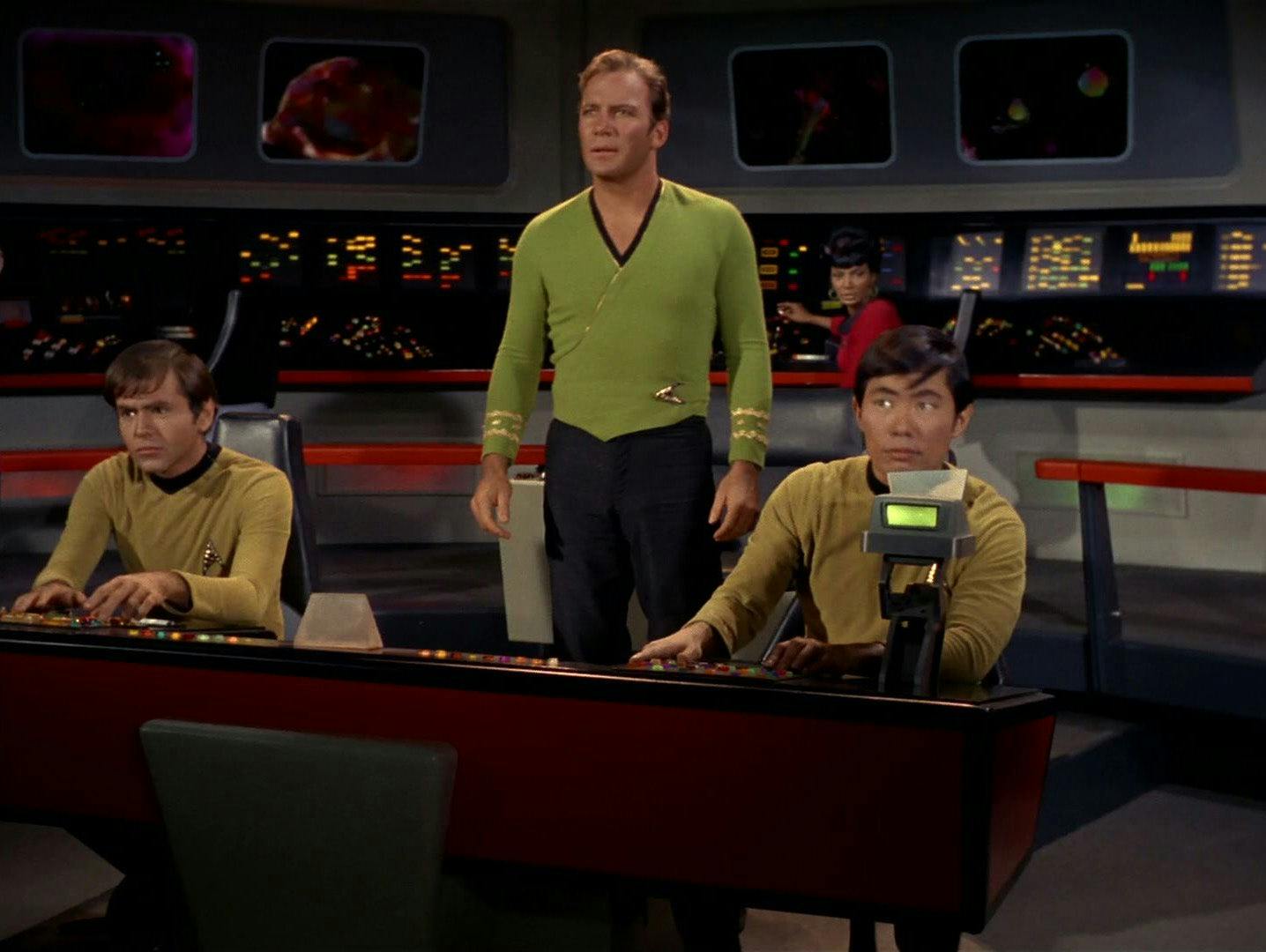
StarTrek.com
But it isn’t just inter-canonical concerns that can be addressed by who appears on the Bridge. Inclusion in the Bridge crew can also send powerful messages about life on Earth in the 20th and 21st Centuries.

StarTrek.com
One example is the appearance of Comm Officer Uhura on the Bridge of the Enterprise on The Original Series. According to an interview with Nichelle Nichols conducted in December 2003, unbeknownst to “the suits,” in advance of filming The Original Series, Gene Roddenberry switched the previously unnamed communications officer from man to woman, cast Nichols, and named her “Uhura.”
Nichols explained that when they realized “not only” was she the comm officer, but “the part was much larger than ‘yes sir, no sir;’ they said, ‘it can’t happen.’” Nichols explained Roddenberry stood firm in his resolve, “Gene said, ‘She stays or I go.’”
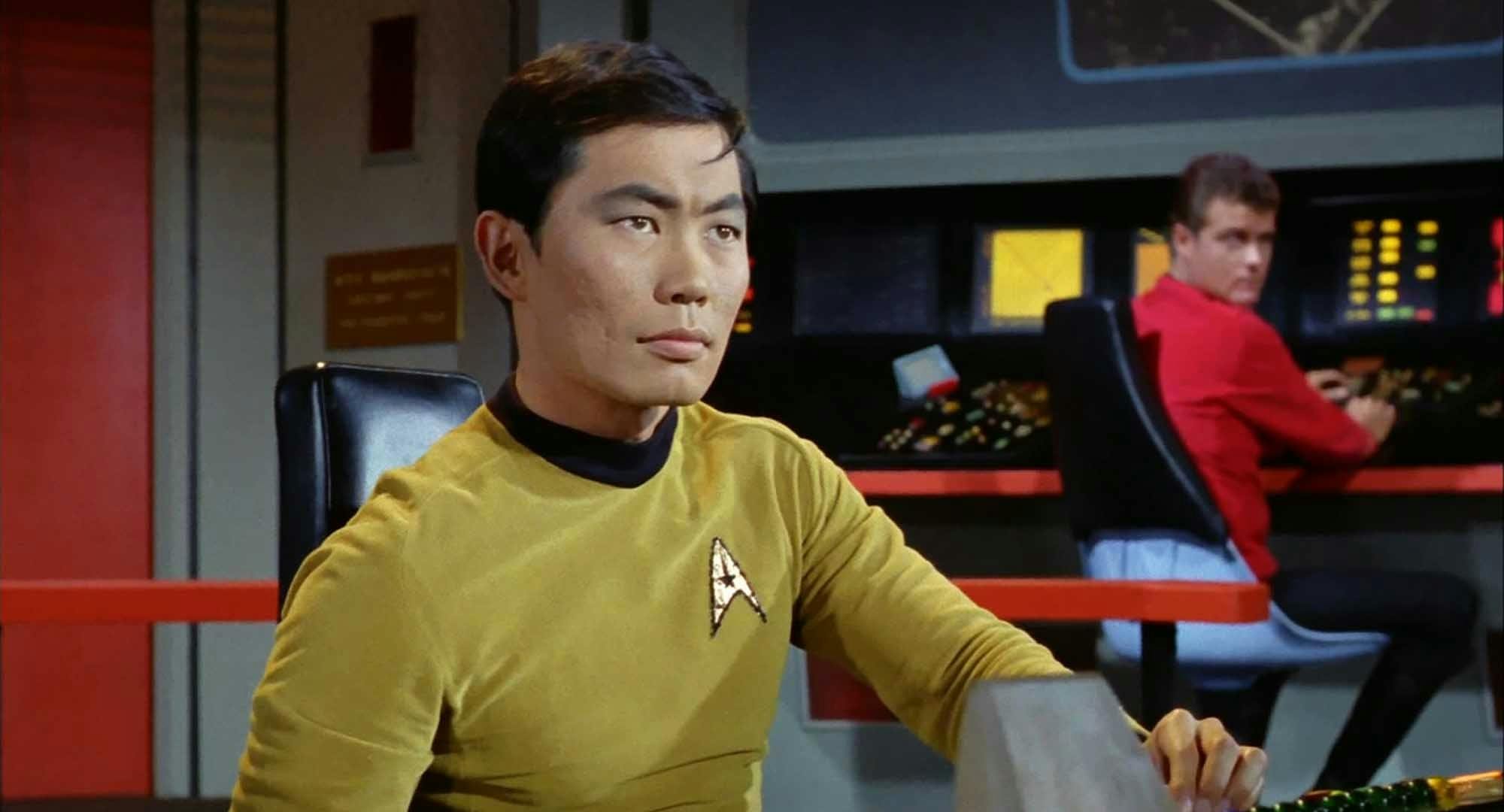
StarTrek.com
In a January 2004 interview with George Takei, the actor who originated Sulu expanded on Roddenberry’s philosophy, “He said that the starship Enterprise was a metaphor for the starship Earth, and the strength of that starship lay in its diversity, but in that diversity working together in concert.”

StarTrek.com
The second season of TOS doubled down on these ideas with the addition of Pavel Chekov to the Enterprise Bridge crew. Played by Walter Koenig, a child of Russian Jewish immigrants, if Chekov’s accent failed to make it obvious that the character hailed from Russia, his dialogue would (for example, in the episode “The Apple,” he claims the Garden of Eden was just outside Moscow).
When Chekov first appeared on-screen in 1967, the United States was entrenched in the Cold War with the U.S.S.R. By including Chekov on the Enterprise Bridge, a powerful message was conveyed; if we are going to get to the future, we can only do so together, regardless of arbitrary national boundaries.
The Undiscovered Country
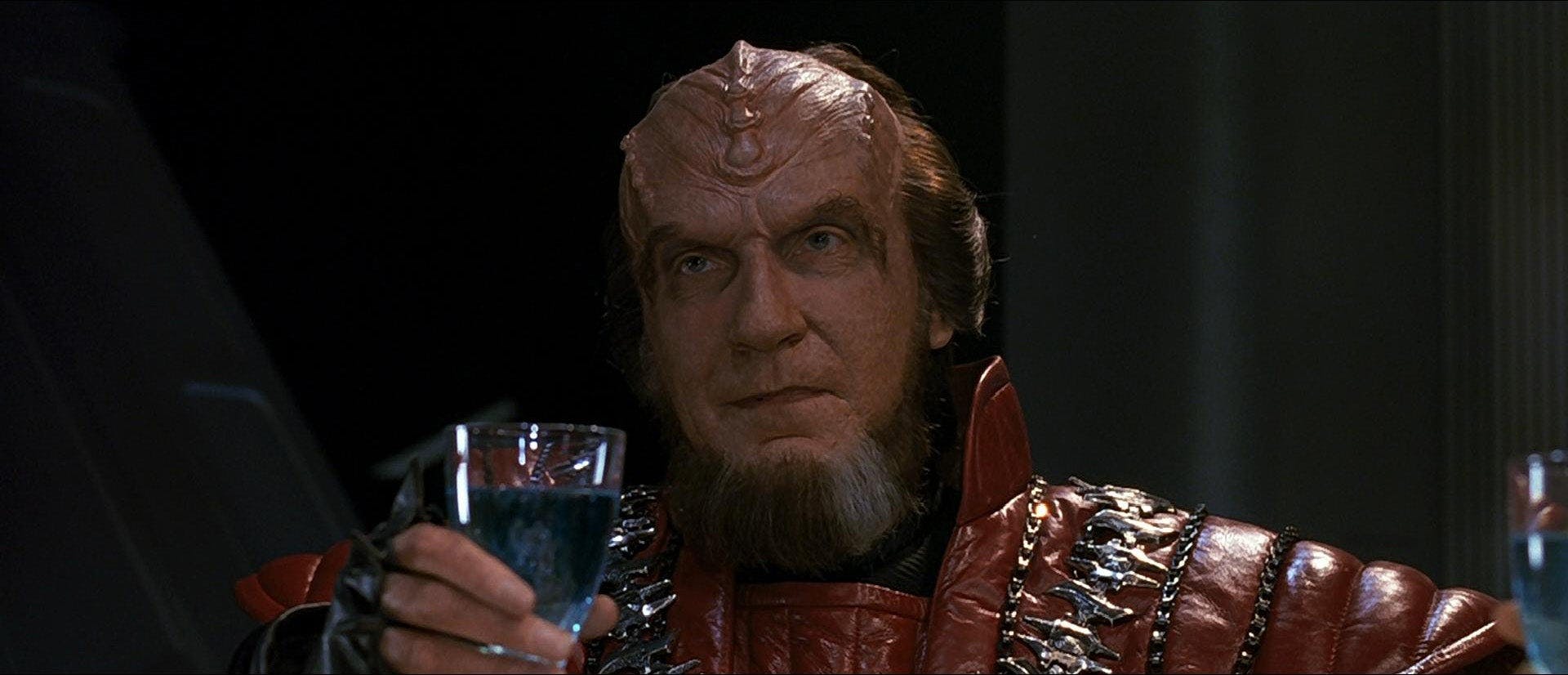
StarTrek.com
In The Undiscovered Country, Chancellor Gorkon tells Kirk, “If there is to be a brave new world, our generation is going to have the hardest time living in it.” But thanks to the long chronology of Star Trek, we know that the prediction made by the Organians in “Errand of Mercy” will prove correct. The “brave new world” will come into being, and the next generation of Klingons and humans will serve alongside one another on the Bridge of the flagship.
Over the course of the larger Star Trek story, the relationship between the Federation and the Klingon Empire demonstrates delineation between “us” and “them” is less indelible than we might be inclined to think. The only thing that truly separates allies from enemies is time.





